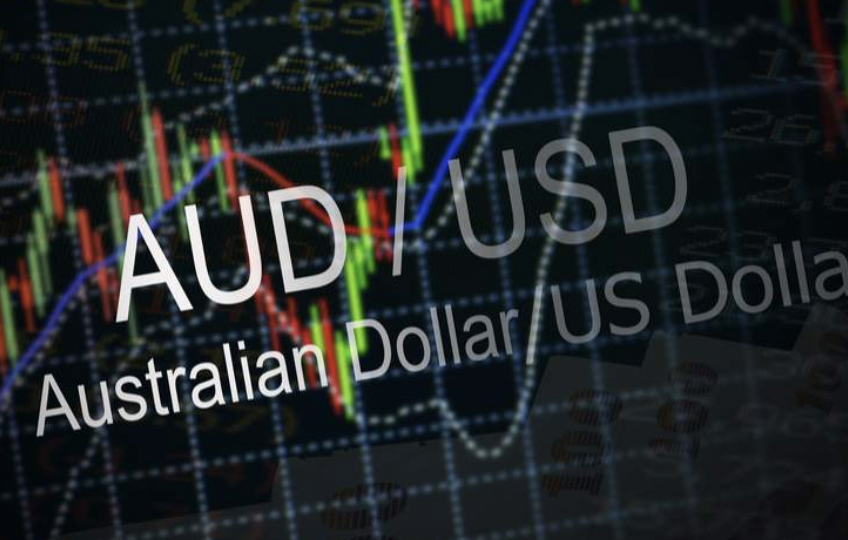AUD/USD Darvas Box is breached to the downside, and the 20-day exponential moving average (EMA) will continue to act as a significant resistance level
The growth of the asset's volatility has come from the breach to the downside of the Darvas box. A bear cross, illustrated by the 20- and 50-day exponential moving averages at 0.6827, bolsters the negative filters. A change by the RSI (14) to a bearish range of (20.00-40.00) adds to the negative filters.


During the Asian session, the AUD/USD pair is exhibiting erratic movement. Amid a weak rise in the U.S. dollar index, the asset was auctioned in the range of 0.6732 to 0.6746. (DXY). The major remained weak on Monday after giving up the crucial support level of 0.6760. The value of the asset reached a new two-year low of 0.6716.
The rupture of the Darvas Box formation causes an increase in the counter's volatility. Since the first trading session of July, the aforementioned chart pattern has developed inside a larger range of 0.6761-0.6900.
At 0.6827, a bearish cross between the 20-period and 50-period Exponential Moving Averages (EMAs) bolsters negative filtering.
Meanwhile, the Relative Strength Index (RSI) (14) has moved into the negative zone between 20.00 and 40.00, indicating that further losses are imminent. The momentum oscillator RSI (14) does not exhibit divergence or oversold conditions.
If the asset falls below Monday's low of 0.6713, the dollar bulls will drive the asset to the 29 May 2020 peak of 0.6683. A break of the latter threshold will drive the asset to the 30 April 2020 peak of 0.6570.
In contrast, the dollar bulls might lose control if the asset breaches the 0.6896 high from July 5th. A similar event would propel the asset to the 30 June high of 0.6920, followed by the 28 June high of 0.6965.
Bonus rebate to help investors grow in the trading world!

 English
English














